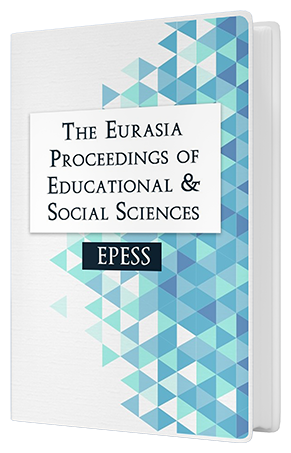TOMATO PRODUCTION IN POWDER: A TOMATO CONSERVATION TECHNOLOGY TO SUPPORT THE COMMUNITIES AND METHODOLOGICAL PROPOSAL FOR CHEMISTRY CONTEXTUALIZED EDUCATION
Keywords:
Tomato powder, fresh tomato, carotenoids, conservation technology, chemistry contextualized educationAbstract
The tomato is a very produced food in Mozambique in particular in the District of Gorongosa. This product although it is often used in the confession of food, have little time left paradoxically rich in vitamin C, lycopene and also contains the β -carotene. Both belong to the family of carotenoids, terpenoids (pro-vitamin A). In operation of the human body are given rise to a series of chemical reactions where mostly formed free radicals (unstable and reactive) that react rapidly with various compounds and cellular targets, in many of these reactions can damage DNA, proteins lipids, carbohydrates, etc. causing various diseases that affect humans. The tomato has β -carotene and lycopene are carotenoids act as an antioxidant because of their conjugated double bonds susceptible to oxidation under the action of light or oxygen. The study was dedicated to the determination of carotenoids (lycopene and β -carotene) in tomato powder and fresh. The motivation for the study came from research on production of dried tomato funded by the Ministry of Science and Technology powder through the National Research Fund, categorized as a project of Innovation and Technology Transfer, held in 2013, instructing associations Báruè Districts and communities Gorongosa District through a team of teachers, students and accompanied by representatives of the Government and institutions. Because tomatoes have little shelf life and important game against vitamins and natural antioxidants, after successfully obtaining the tomato powder, to be a viable and recommended alternative for communities urged the need to do laboratory analysis of carotenoids in it existing and comparing with the fresh tomato. Analyses for determination of carotenoids were made in different laboratories (UP- Beira and Chimoio – UCM), but all were with the help of the spectrophotometer, differed in laboratory reagents and other materials. As other nutrients such as sugar and vitamin C could somehow influence the activity of the microorganisms etc. was also performed analyzing sugar levels in fresh tomato based refractometer. The survey results show that the extraction of carotenoids is made with use of organic solvents and subsequent identification using various methods such as high performance liquid chromatography (HPLC), calorimeter, thin layer chromatography (TLC) and spectrophotometry. It is also noted that processing of carotenoids caused an increase and decrease in sugar and vitamin C (ascorbic acid). It follows that in 100kg of fresh tomatoes are obtained 6kg of tomato powder and that levels of carotenoids such as lycopene both β-carotene in tomato powder are larger than fresh tomatoes according to the processing mode used. An open set of chemistry content such as mass conservation law, stoichiometry, concept of atom, molecule, dehydration, vaporization, laboratories and experimental lessons etc., May be taught or understood very easily with the aid to processing phase, creating conditions for the long lasting grasping, consequent contextualized meaning as well as effective and affective grasping.Downloads
Published
Issue
Section
License
Copyright (c) 2016 The Eurasia Proceedings of Educational and Social Sciences

This work is licensed under a Creative Commons Attribution-NonCommercial-ShareAlike 4.0 International License.
The articles may be used for research, teaching, and private study purposes. Any substantial or systematic reproduction, redistribution, reselling, loan, sub-licensing, systematic supply, or distribution in any form to anyone is expressly forbidden. Authors alone are responsible for the contents of their articles. The journal owns the copyright of the articles. The publisher shall not be liable for any loss, actions, claims, proceedings, demand, or costs or damages whatsoever or howsoever caused arising directly or indirectly in connection with or arising out of the use of the research material. All authors are requested to disclose any actual or potential conflict of interest including any financial, personal or other relationships with other people or organizations regarding the submitted work.




